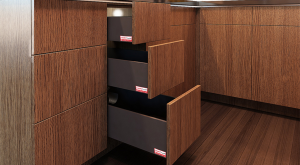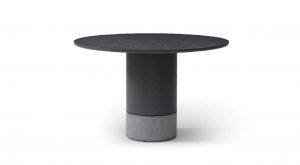Featured Post
Recliner Furniture Maintenance Tips: Keep Your Chair Looking and Feeling Like New
Recliners are a beloved piece of furniture in many homes, offering comfort and relaxation. However, to keep them in top condition, regular maintenance is essential. In this article, we’ll share practical recliner furniture maintenance tips for cleaning, protecting, and maintaining your recliner, ensuring it remains a cozy spot for years to come.
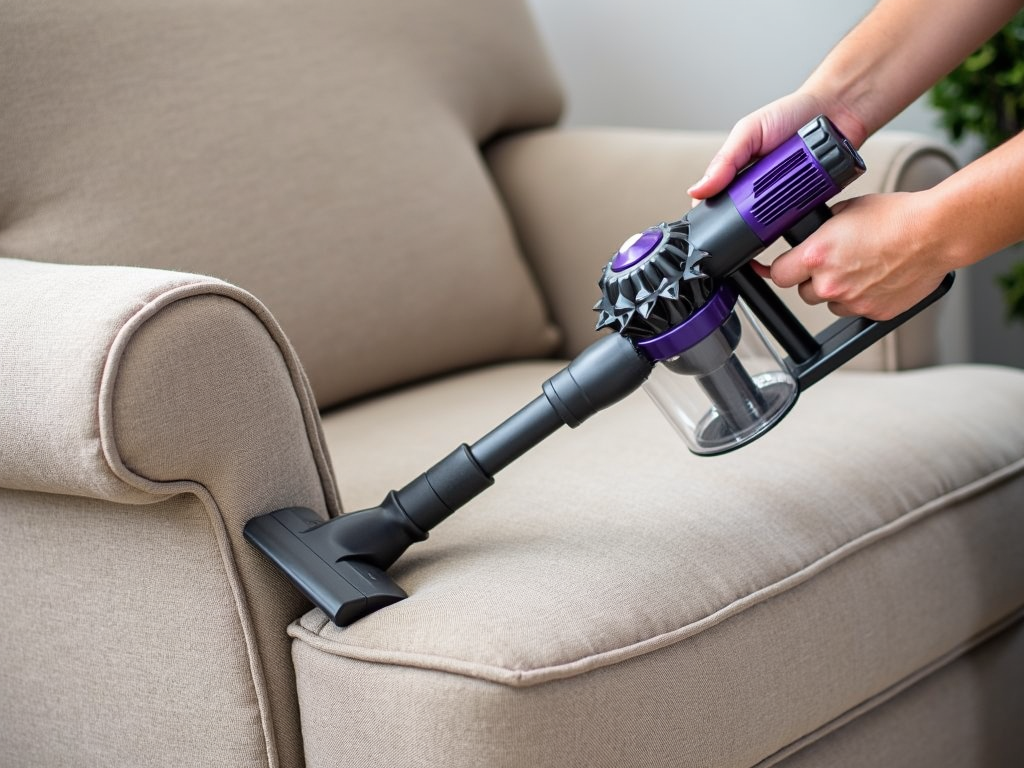
Cleaning Your Recliner
Fabric Recliners
When it comes to fabric recliners, regular cleaning keeps them looking great. Dust and dirt can build up over time, so staying on top of it helps your furniture last longer. Here’s how to do it:
-
Vacuum regularly: Grab a vacuum with a soft brush attachment. Run it over the surface and into the crevices to suck up dust, crumbs, and pet hair. This simple step prevents grime from settling in.
-
Spot clean spills fast: Spills happen. Blot them right away with a clean, dry cloth to soak up the mess. Then, mix a little mild detergent with water and gently dab the spot. Don’t rub—it can make the stain worse.
-
Deep clean every so often: Every 6-12 months, give your recliner a thorough cleaning. Use a fabric upholstery cleaner you can buy at the store, or call a pro if it’s heavily used.
My Experience: I’ve got a fabric recliner at home, and my handheld vacuum is a lifesaver. The brush gets into tight spots without harming the fabric, keeping it fresh with almost no effort.
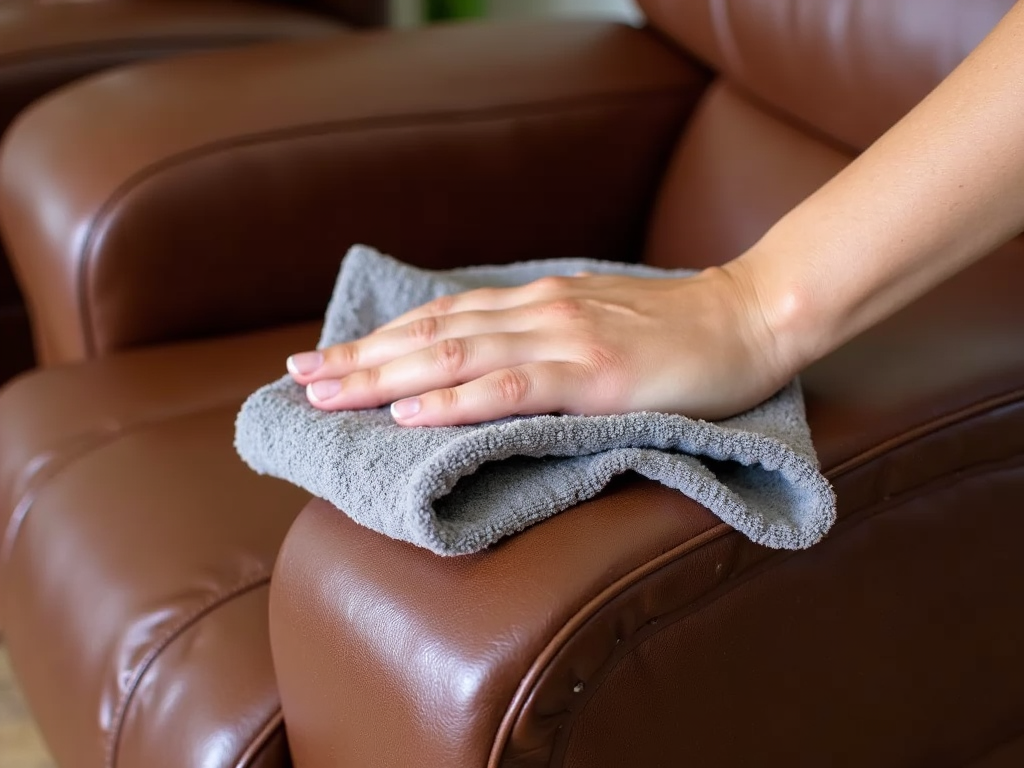
Leather Recliners
Leather recliners need special care because the material is natural and can dry out or crack. With the right steps, you can keep them smooth and shiny:
-
Dust weekly: Wipe the leather with a soft, dry cloth. This removes dust and prevents tiny scratches that dull the surface.
-
Condition it: Every 3-6 months, use a leather conditioner. It keeps the leather soft and stops it from cracking. Check the label to make sure it’s right for your recliner.
-
Wipe spills quick: If something spills, use a damp cloth to clean it up, then dry it with a towel. For tough stains, grab a cleaner made for leather—check your recliner’s type first.
My Experience: I spilled coffee on my leather recliner once. A damp cloth took it right off, no stain left behind. Conditioning it regularly keeps it feeling like new.
Wooden or Metal Frames
The frames of your recliner matter too. Dust and grime can sneak onto wood or metal parts, so don’t skip them:
-
Wooden frames: Use a wood cleaner or a mix of mild soap and water. Wipe it down, then dry it fast with a cloth to avoid water marks.
-
Metal frames: A damp cloth usually does the trick. If there’s stubborn dirt, add a bit of detergent, then dry it well to stop rust.
My Experience: The wooden arms on my recliner get sticky from hand oils. A quick wipe with wood cleaner keeps them smooth and looking sharp.
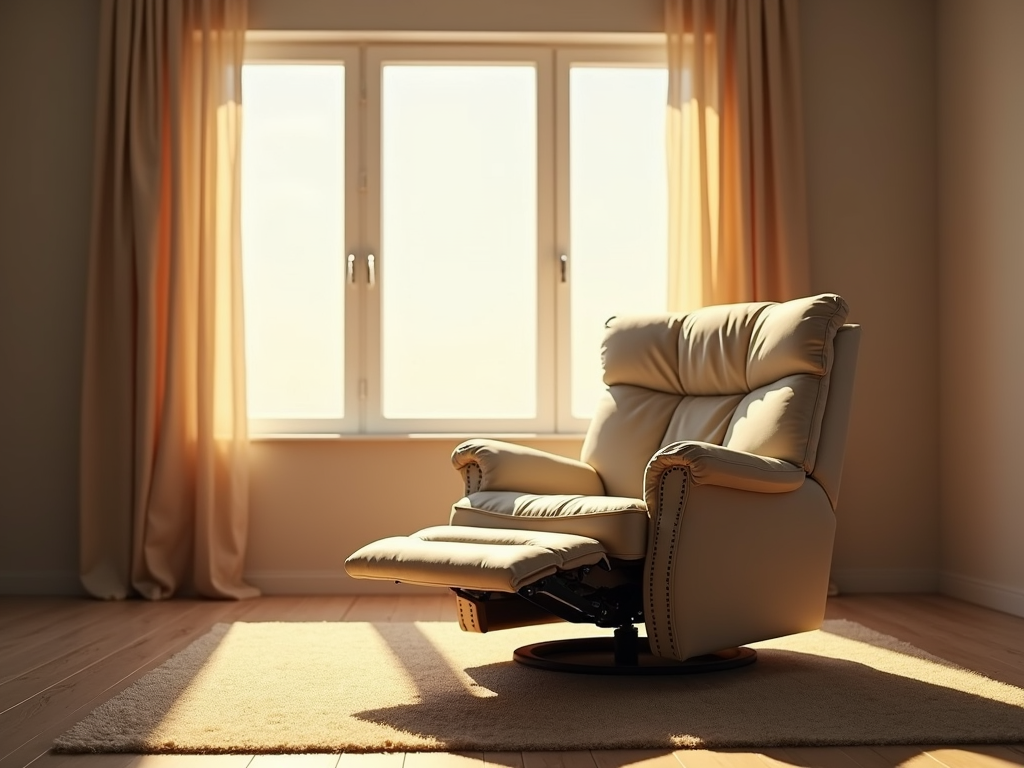
Protecting Your Recliner
Preventing Stains and Spills
Stopping damage before it starts is one of the smartest recliner furniture maintenance tips. Here’s how to protect your chair:
-
Add a cover: Throw a blanket or recliner cover over it. This shields fabric or leather from spills, especially if pets or kids are around.
-
Use fabric protector: For fabric recliners, spray on a fabric protector. It creates a barrier that makes spills easier to wipe up.
-
Watch what’s nearby: Try not to eat or drink while lounging. It cuts down the chance of a mess landing on your furniture.
My Experience: My light-colored recliner stays stain-free thanks to a fabric protector. It’s a small step that saves me a lot of stress.
Shielding from Sunlight and Heat
Sunlight and heat can harm your recliner over time. Protect it with these tips:
-
Pick the right spot: Keep your recliner out of direct sunlight. It stops fabric from fading and leather from drying out.
-
Close curtains: If it’s near a window, use blinds or curtains to block harsh rays, especially in the afternoon.
-
Avoid heat sources: Don’t place it near fireplaces or heaters. Heat can warp materials or crack leather.
My Experience: I had a recliner by a window once, and the fabric faded fast. Now, I keep mine in a shaded spot, and it still looks vibrant.
Avoiding Wear and Tear
Daily use wears down any furniture, but you can slow it down:
-
Rotate cushions: If your recliner has loose cushions, flip or rotate them every few weeks. It spreads out the wear.
-
Use it gently: Tell kids (and adults!) not to jump on it. Roughhousing can hurt the frame or gears.
-
Try arm covers: For fabric arms, arm covers protect against dirt and oils while adding a nice look.
My Experience: Arm covers on my recliner keep the fabric clean and add a fun pop of color. They’re practical and stylish!
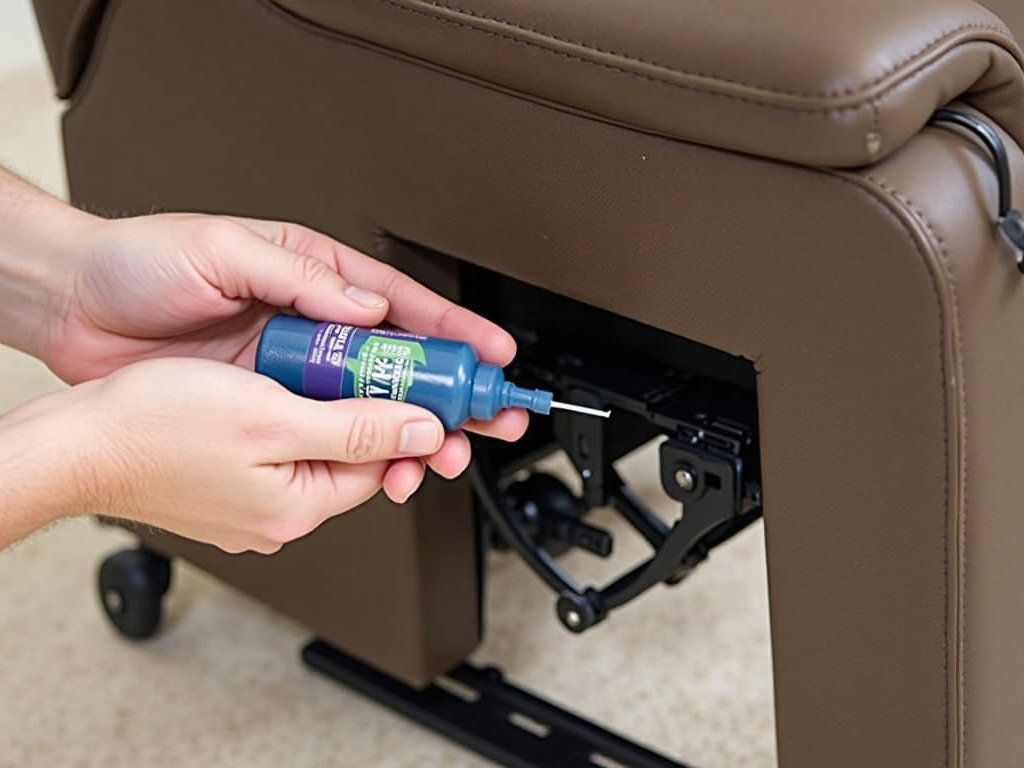
General Maintenance Tips
Regular Inspections
Checking your recliner often helps you spot problems early:
-
Look for loose parts: Every few months, feel around for loose screws or bolts. Tighten them to keep the chair steady.
-
Spot wear signs: Look at the fabric or leather for tears or thin spots. Fix them fast so they don’t get worse.
-
Test the mechanism: Recline it a few times. If it’s stiff or noisy, it might need some care.
My Experience: I check my recliner after big family gatherings. Catching loose bolts early has saved me from bigger fixes.
Lubricating Moving Parts
A smooth recliner needs its moving parts to work well:
-
Choose the right lubricant: Look at your manual for what to use. Usually, a light oil or silicone spray works.
-
Use a little: Dab it on the joints and moving bits, then move the recliner to spread it around.
-
Clean up extra: Wipe off any leftover lubricant with a cloth so it doesn’t attract dust.
My Experience: Lubricating my recliner’s gears made it glide so much better. It’s an easy fix for a stiff chair.
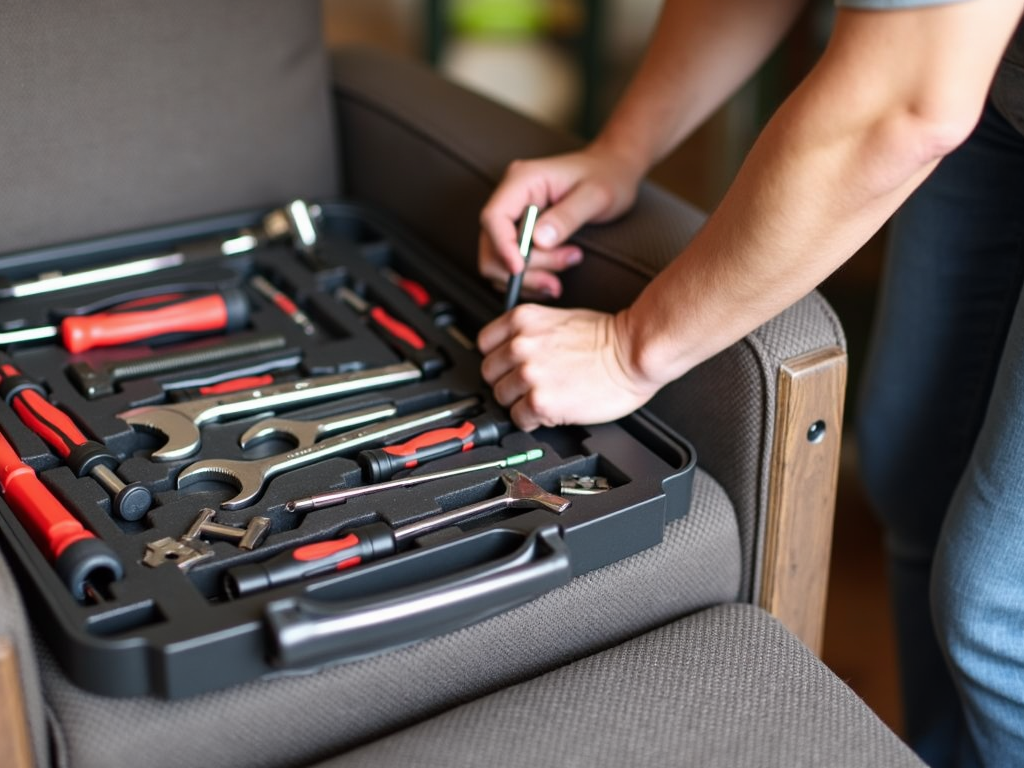
Tightening Screws and Bolts
Loose screws can make your recliner wobbly:
-
Keep tools handy: A screwdriver and wrench are all you need. Keep them close for quick fixes.
-
Check everywhere: Look at the arms, base, and frame. Tighten anything that’s loose.
-
Don’t overdo it: Tighten just enough—too much can strip screws or crack the frame.
My Experience: I keep a small toolkit by my recliner. It’s perfect for a fast tighten-up whenever I notice a wobble.
Maintaining your recliner furniture doesn’t have to feel overwhelming. With these recliner furniture maintenance tips—cleaning regularly, protecting from damage, and checking it often—you’ll keep your chair in great shape. Act fast on spills, use the right cleaners, and enjoy a comfy, long-lasting recliner.







